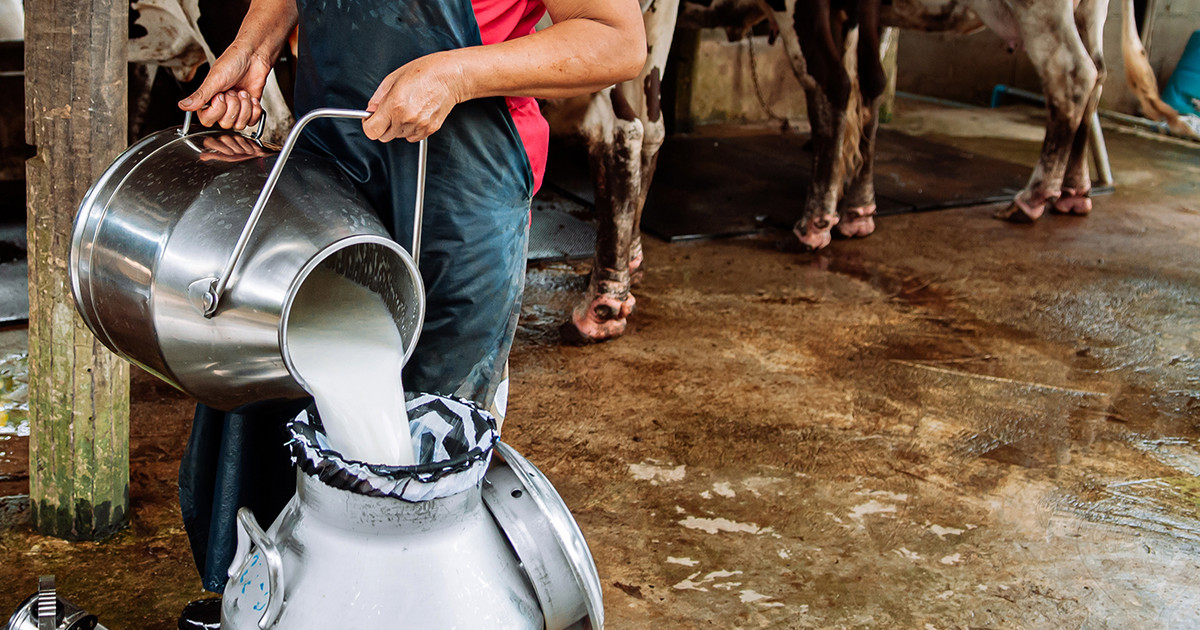For the first time, scientists from the Federal University of São Paulo (Unifesp) were able to show that the infection with the SARS-CoV-2 virus, which causes Covid-19, changes the pattern of functioning of RNAs of the cells. To do this, they analyzed 13 datasets obtained over four studies that analyzed viral RNA, as well as that from animal and human cells.
The most recent of them, published in the magazine Frontiers in Cellular and Infection Microbiology , evaluated modifications (or epitranscriptome; understand below) of Vero cells (derived from monkeys) and the human Calu-3 lineage using a direct RNA sequencing technique. The epitranscriptome corresponds to the set of biochemical modifications of RNA within a cell.
THE methylation for example, is a biochemical modification that occurs in the cell by the action of enzymes capable of transferring part of one molecule to another. This changes the behavior of proteins, enzymes, hormones and genes. In the study, the researchers demonstrated the changes in the RNA of infected cells in a quantitative way, by analyzing the entire set of RNAs existing in them, and in a qualitative way, by individually pointing out on a map the number of methylations per base region of the nucleotides that make up the RNA of these cells. cells.
“Our first important finding in this work is that the SARS-CoV-2 infection increases the overall level of methylation in the cell’s RNA pool m6A type [N6-metiladenosina]compared to uninfected cells”, says Marcelo Briones, researcher at the Center for Medical Bioinformatics at Escola Paulista de Medicina (EPM-Unifesp) and coordinator of the investigation.
The study is a continuation of work published in 2021, which analyzed the epigenome of the virus and showed the pattern of methylation in its RNA. “In viruses, methylation has two functions: to regulate protein expression and to defend the pathogen. [agente causador de doenças] of the action of interferon, a potent antiviral substance manufactured by the host organism”, says Briones.
In both papers, the researchers analyzed the most common type of RNA nucleotide modification, m6A, which is involved in several crucial processes of RNAs, such as intracellular localization and the ability to produce proteins.
You Nucleotides are made up of four different nitrogenous bases (adenine, guanine, cytosine and uracil) distributed along the RNA strands found in each cell. The team also noted that different strains of the virus have variations in the sequence of nitrogenous bases that make up its nucleotides. “In this way, some strains can be better ‘methylated’ than others and, thus, proliferate better within cells”, says Briones.
It was also observed that a nucleotide sequence known as “DRACH”, the m6A methylation receptor, is slightly different in the RNAs of SARS-CoV-2 compared to the RNAs of cells. In this acronym, often used in studies of the type, the letter D indicates the nitrogenous bases adenine, guanine or uracil; the letter R indicates adenine or guanine; the letter A is the methylated residue; the letter C corresponds to cytosine; and the letter H indicates adenine, cytosine or uracil.
like the virus uses cell enzymes for its own methylation , this promotes evolutionary pressure for viruses to adapt their “DRACH” sequences to become more cell-like. The viral strains that best make this adaptation also will be more efficient in escaping interferon .
After completing the analysis of the action of SARS-CoV-2 on the pathogen-host binomial in relation to the m6A modification, the next step for the scientists will be to analyze the stored data to trace a correlation between the level of viral RNA methylation and the viral multiplication quotient. – or burst size.
“The more ‘methylated’ the virus is, the more it will grow in the cell cytoplasm and the greater its burst size will be”, explains Briones. In a normal situation, without stimuli, a viral particle replicates itself in a thousand others.
“The findings open the way for new treatments for Covid-19 and the repositioning of known drugs”, says the researcher. In addition, it brings elements to a better understanding of the ability of sublines to escape the immune system.
How the analyzes were performed
Unifesp scientists used a direct RNA sequencing method. One of the advantages of the technique, according to the researchers, is to avoid the modifications made to read the RNA strand by the conventional method, molecular diagnosis (RT-PCR).
To undergo an RT-PCR test, the RNA molecule is copied and converted into a complementary DNA, the cDNA. In this process, the molecule that previously had a single strand of nucleotides now has two strands. Then the cDNA molecules are amplified, generating billions of clones.
In Briones’ view, as many labs are making the coronavirus sequences from cDNA, this can generate some biases and confuse researchers. “Some think that nucleotide exchanges actually occur because there was an epigenetically modified base there. This needs to be investigated and in a systematic way”, says the researcher.
Source: CNN Brasil
I am an experienced journalist and writer with a career in the news industry. My focus is on covering Top News stories for World Stock Market, where I provide comprehensive analysis and commentary on markets around the world. I have expertise in writing both long-form articles and shorter pieces that deliver timely, relevant updates to readers.






